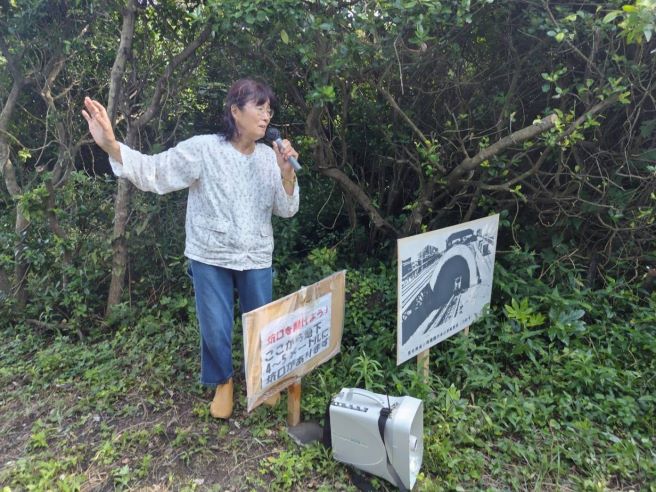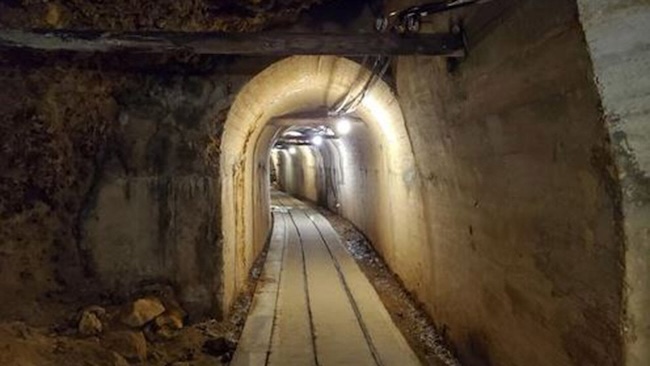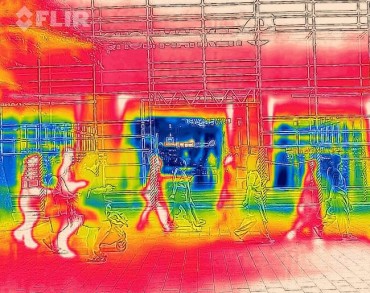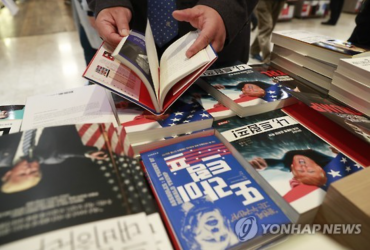
In a written interview, Yoko Inoue, representative of the group “Remembering the Chosei Mine Water Disaster” explained, “The fact that the victims were civilian workers, not military personnel, may have been the reason for this neglect.” (Yonhap)
SEOUL, July 31 (Korea Bizwire) – In a quiet corner of western Japan, a group of dedicated citizens is working to shed light on a long-forgotten tragedy that claimed the lives of 183 miners, including 136 Koreans, during World War II.
The Chosei coal mine disaster, which occurred on February 3, 1942, in the city of Ube, Yamaguchi Prefecture, has remained shrouded in darkness for 82 years. Now, a Japanese civic group is determined to uncover the truth and recover the remains of the victims.
“The Chosei mine accident has been hidden in darkness for too long,” said Yoko Inoue, representative of the group “Remembering the Chosei Mine Water Disaster.” In a written interview with Yonhap News, she explained, “The fact that the victims were civilian workers, not military personnel, may have been the reason for this neglect.”
The Chosei mine, also known as the “Korean mine” due to its large number of Korean laborers, was notorious for its dangerous undersea tunnels. The fatal accident occurred more than a kilometer into one of these submerged passages.

This undated file photo shows a mine shaft built after the Meiji era in the Aikawa gold and silver mines in the Sado mine complex on the island of Sado in Japan. (Image courtesy of Yonhap)
Despite the significant loss of life, proper investigation into the incident and recovery of victims’ remains have never been conducted. Today, only two drainage outlets protruding from the sea surface serve as visible reminders of the mine’s existence.
Inoue criticized the Japanese government’s inaction, stating, “The remains of Koreans who were forcibly brought to Japan under colonial policy are still abandoned in the cold seabed. The Japanese government has not made any effort to recover these remains.”
Frustrated by the government’s reluctance to investigate, citing difficulties in pinpointing the exact location of the remains, the civic group launched a crowdfunding campaign on July 15. Their goal is to raise 8 million yen by mid-October to finance an independent investigation.
The group plans to open the mine entrance, install barriers, and use underwater drones to survey for remains. “We aim to open the tunnel entrance this year and recover the remains next year,” Inoue explained. “If the initial investigation is successful, the actual recovery might not take too long.”
However, Inoue acknowledges the limitations of citizen-led efforts and calls for involvement from both the South Korean and Japanese governments. “The bereaved families are elderly, and time is running out,” she emphasized.
“As we approach the 60th anniversary of normalized relations between Japan and South Korea next year, we cannot move forward while leaving this issue of remains unresolved.”
M. H. Lee (mhlee@koreabizwire.com)






